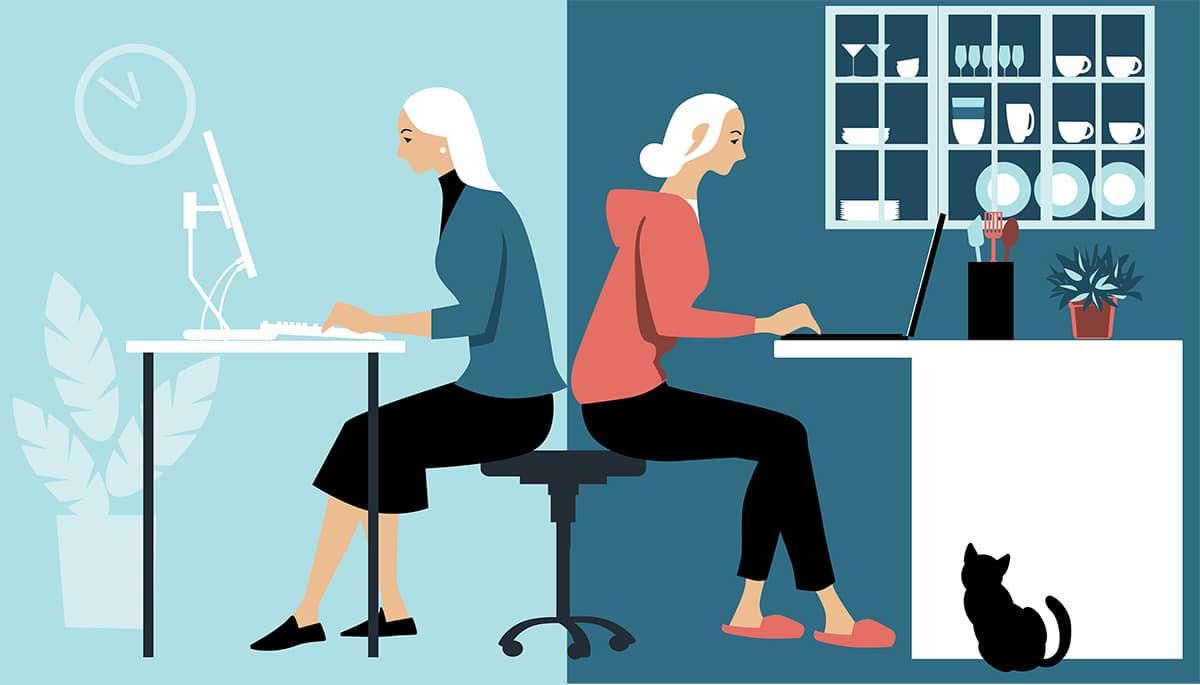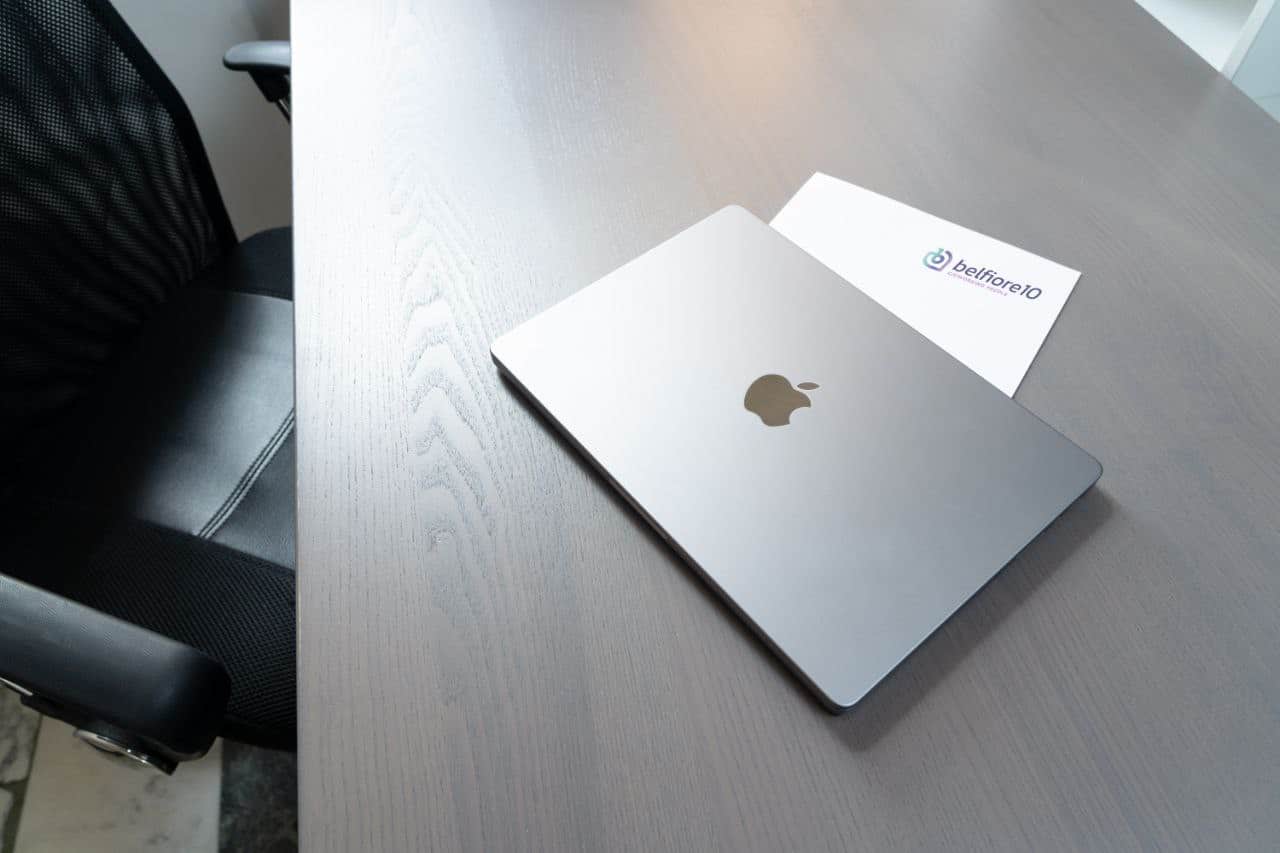Hybrid work, or “lavoro ibrido” in Italian, is an emerging trend in the world of work that is gaining more attention following the global COVID-19 pandemic. This new work model combines the traditional office with the flexibility of remote work, offering benefits to both workers and employers. According to a 2021 McKinsey survey, 20-25% of workers could work remotely for 3-5 days a week without compromising their productivity.
Hybrid work offers several advantages for both workers and employers. Workers can enjoy the flexibility of remote work, reducing travel time and costs, contributing to improved productivity and work experience. Employers can reduce office costs and increase employee satisfaction and engagement with hybrid work.
However, not all workers have the opportunity to work remotely in a quiet and equipped environment. In these cases, coworking spaces offer an ideal solution for those seeking a quiet, well-equipped, professional, and flexible work environment that allows them to use the space only when necessary. An ideal solution for hybrid work, isn’t it?
However, hybrid work also presents some disadvantages. Communication and collaboration among team members can be more difficult, as workers are in different locations, in addition to feelings of isolation and difficulty separating work from personal life. According to a 2022 PwC study, 59% of surveyed workers expressed concern about losing a sense of belonging to their organization.
Therefore, it is important to maintain an appropriate balance between in-person and remote work, to avoid workers feeling alienated or disconnected from their work.
In conclusion, hybrid work seems to be an interesting choice for many companies looking to balance employee flexibility with the need for collaboration and cohesion within the organization. Although there are still some challenges to overcome, the adoption of hybrid work can lead to increased productivity, employee quality of life, and attention to workers’ needs, as long as it is done in a smart perspective.



